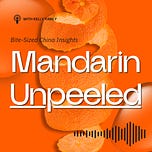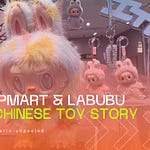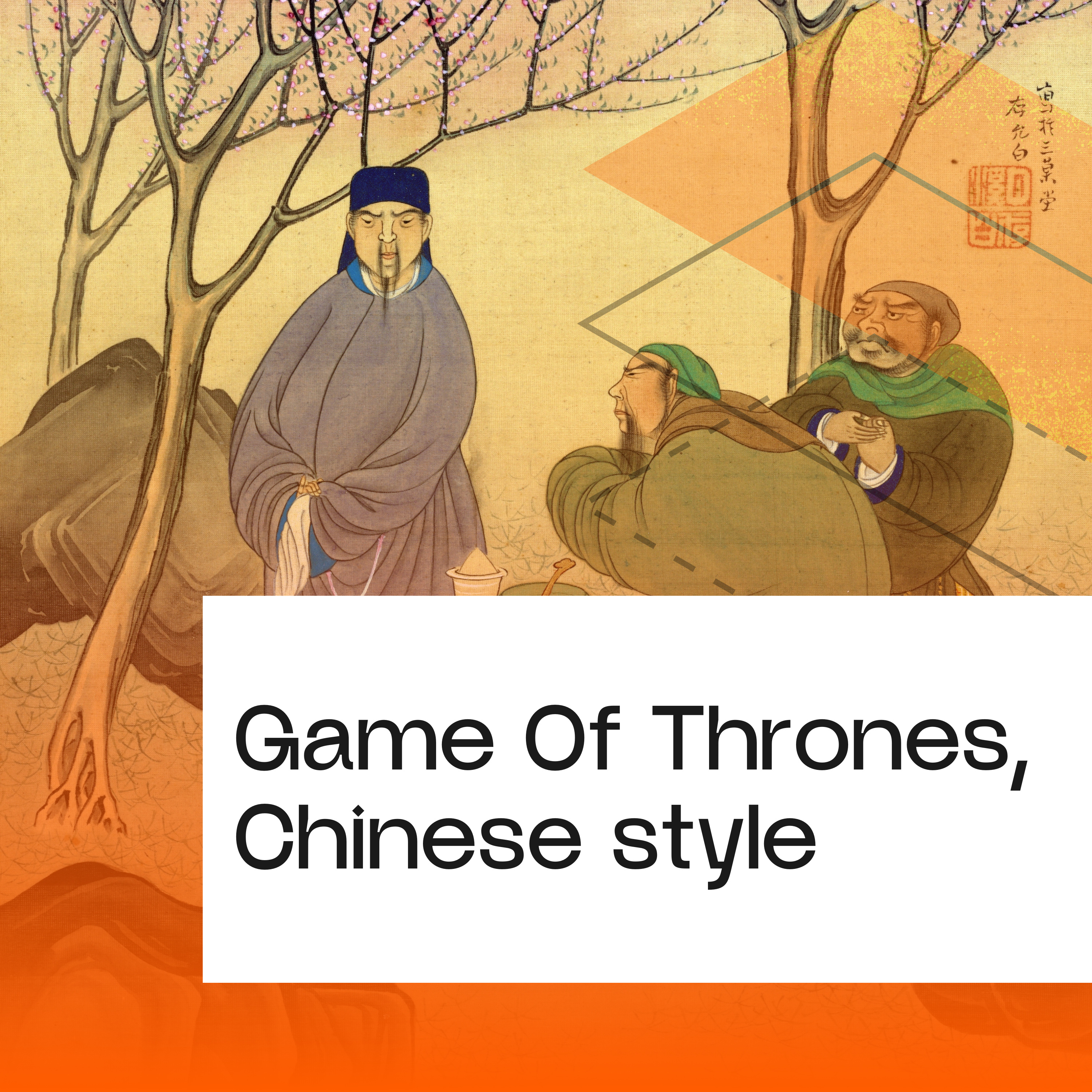👉🏼 This post is the investigative companion guide to “The Labubu File: A Chinese Toy Story” from the ‘Mandarin Unpeeled’ podcast. If you haven’t listened yet, I recommend starting there and following us for the full story.
When you think of ‘cute’, the first word that comes to mind is probably not ‘power’.
Yet from Hello Kitty and Kumamon to Labubu, selling cuteness has never been more effective — at least when it comes to Asia’s cultural ambassadors.
Born in 1974, Hello Kitty — a small, round, white cat with no mouth and a red bow — is perhaps one of Japan’s most influential cultural exports. She has no storyline, no overt personality; no one really knows what Hello Kitty is about. And yet, she has undeniably become the blueprint for modern kawaii culture.
Kumamon (2010), a black bear with red cheeks, started as a regional tourism mascot in Kumamoto Prefecture and quickly became a superstar. His appeal demonstrates that selling a kawaii character can succeed on charm and design alone, without a complex narrative.

Line Friends — the sticker characters from the Japanese/Korean messaging app Line — gained so much traction that they were eventually given storylines in a Netflix series, more than ten years after they first appeared.
Official trailer – Brown & Friends © LINE FRIENDS Corporation / Netflix
By contrast, cute characters born in Western culture — Mickey Mouse comes to mind — often depend on consistent narrative arcs. They embody heroism, innovation, humor, or other traits, with personality and story driving emotional attachment.
Eastern ‘cuties’, by contrast, are largely aesthetic-driven. They carry an emotional and healing quality that doesn’t demand complicated storylines. They are meant to comfort, charm, and inspire delight — sometimes more than to tell a story.
Our appreciation of “cute” is global, yet culturally distinct. The rise of Labubu seems to be ushering in a new age of convergence, where East and West influence each other. When cute meets the global marketing machine, our tastes can change and adapt.
And that’s a wonderful thing.
Want more pulp? Here’s how to get it:
📩 Subscribe on→ Substack
🍊 Instagram → @mandarin_unpeeled
🎙️ Podcast Episode→
🌏 About Mandarin Unpeeled: Bite-sized explainers that unwrap how China really thinks, feels, and evolves, and how it is already impacting you — told by someone who’s lived, studied, and worked across both East and West.












